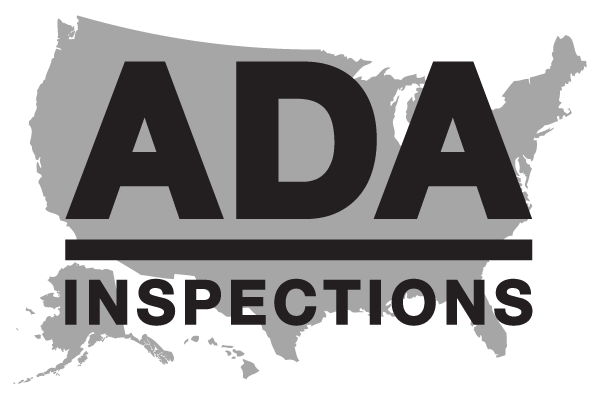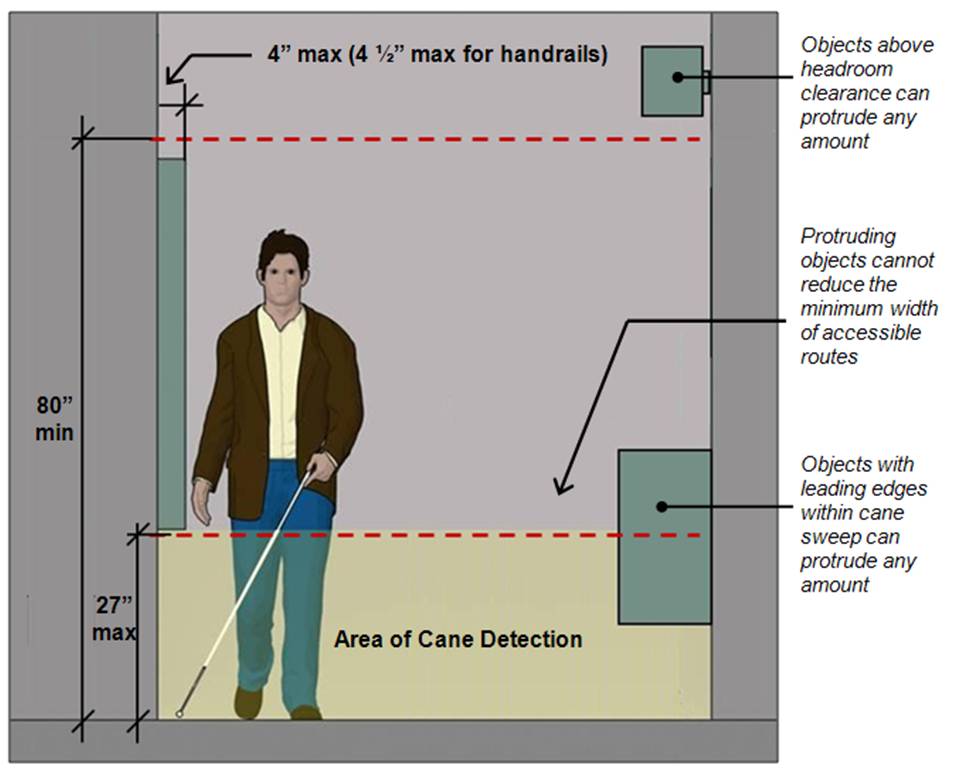Aging in Place Home Modifications for Vision Impaired after Stroke
According to the National Stroke Association, vision impairment can be the result of a stroke, an accident, illness, or simply the aging process. Victims of vision impairment can have a difficult time with many normal daily activities. Post-stroke vision problems can fall into one of two general categories, vision loss or perception problems.
Vision loss, also known as visual field loss, is common after stroke. Frequently it is experienced as blind spots in the field of vision. Vision perception problems may occur due to damage to your brainstem and/or cerebellum that makes it difficult to process what the eye sees.
Managing vision impairment with assistive devices and home modifications can help improve safety and reduce the risk of falls. Occupational therapists can recommend the appropriate aid(s) as well as safety procedures, maintenance and proper fit for assistive devices. A Certified Aging-in-Place Specialist (CAPS) can help with home modifications for people with impaired vision.
A home design concept that applies to those living with vision impairment is protruding objects in the detectable zone. A common assistive device for a person with impaired vision or blindness is a walking stick or cane. This device is used to detect protruding objects in the walking path, sometimes referred to as the circulation path. See the diagram below for a representation of this design concept.
Protruding Objects Limits for Circulation/Walking Path
Objects with leading edges more than 27 inches (685 mm) and not more than 80 inches (2030 mm) above the finish floor or ground should protrude 4 inches (100 mm) maximum horizontally into the circulation path. An exception is that handrails can protrude 4½ inches (115 mm) maximum.
When a cane is used and the element is in the detectable range, it gives a person sufficient time to detect the element with the cane before there is body contact. Elements located on circulation paths, including operable elements and furniture, should comply with requirements for protruding objects. For example, exterior door awnings and their supporting structures cannot reduce the minimum required vertical clearance. Similarly, casement windows, when open, cannot encroach more than 4 inches (100 mm) into circulation paths above 27 inches. Wall mounted elements inside the home are common sources of protruding objects that encroach on the walking/circulation path.
Vertical clearance above the walking path should be 80 inches (2030 mm) high minimum. Guardrails or other barriers should be provided where the vertical clearance is less than 80 inches (2030 mm) high. The leading edge of such guardrail or barrier should be located 27 inches (685 mm) maximum above the finish floor or ground. The diagram below is representative of this design recommendation.
Protruding Stairs
Some modifications in the home to improve safety for victims of impaired vision include:
Relocating furniture
Replacing or removing carpeting or rugs.
Installing wall mounted objects in an alcove.
Installing guardrails below high object that are not at least 80 inches above the floor.
Install contrasting colors on elements or where depth perception is poor.
Install non-glare and/or non-yellow lighting.
Install brighter light bulbs.
Replace sheer curtains with mini-blinds to cut down on glare.
Mark the edges of steps with brightly colored tape, stain, or paint to make them easier to see.
Use soaps and shampoos in pump dispensers to prevent spillage, or hang a shower caddy in the shower to hold your soap and shampoo.
In the shower, use a hand-held showerhead so you can test the water temperature on your hand.
At all sink water sources with hot and cold water, make sure the hot water faucet handle is on the left side.
Install handrails on both sides of all step systems, regardless of the number of steps.
Eliminate all abrupt vertical elevation rises greater than 1/2 inch.
Make sure that all abrupt vertival elevation rises greater than 1/4 inch are sloped at least 1:2 for that part above 1/4 inch rise.
At single handle shower faucets, make sure you get full hot water only at the full throw or movement of the faucet handle.
Make sure the maximum hot water temperature at all faucets is 120 degrees F. If not, adjust the water temperature selector at the hot water heater.
Install signage with braille at all doors.
The size, color, and location of signage is important. The size and location of proper signage is described in Section 703 of the 2010 ADA Standards for Accessible Design. Interior and exterior signs identifying permanent rooms and spaces should be located adjacent to each entry point. The diagram below is representative of signage location at an entry point.
Signage Location Near a Door






